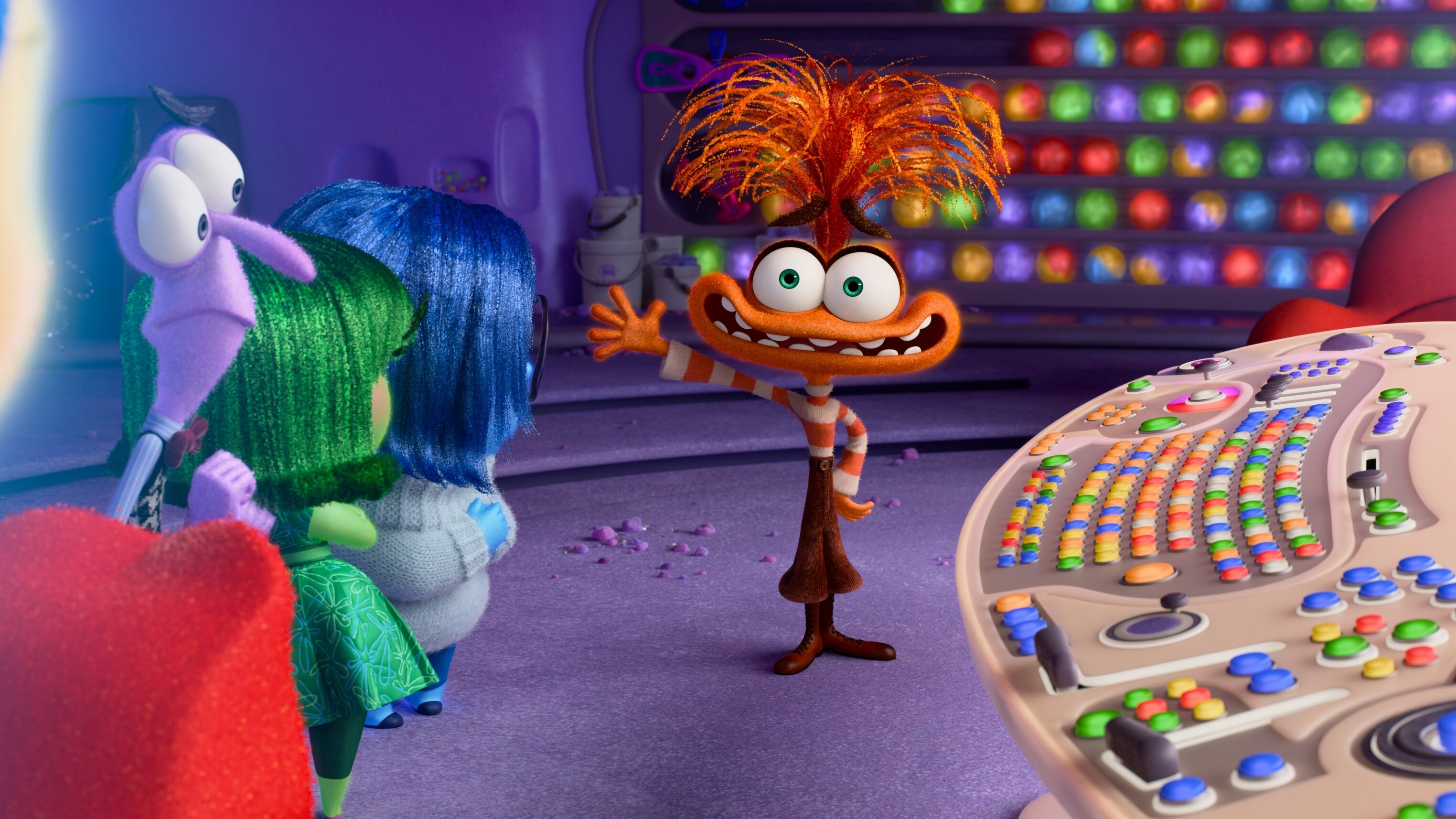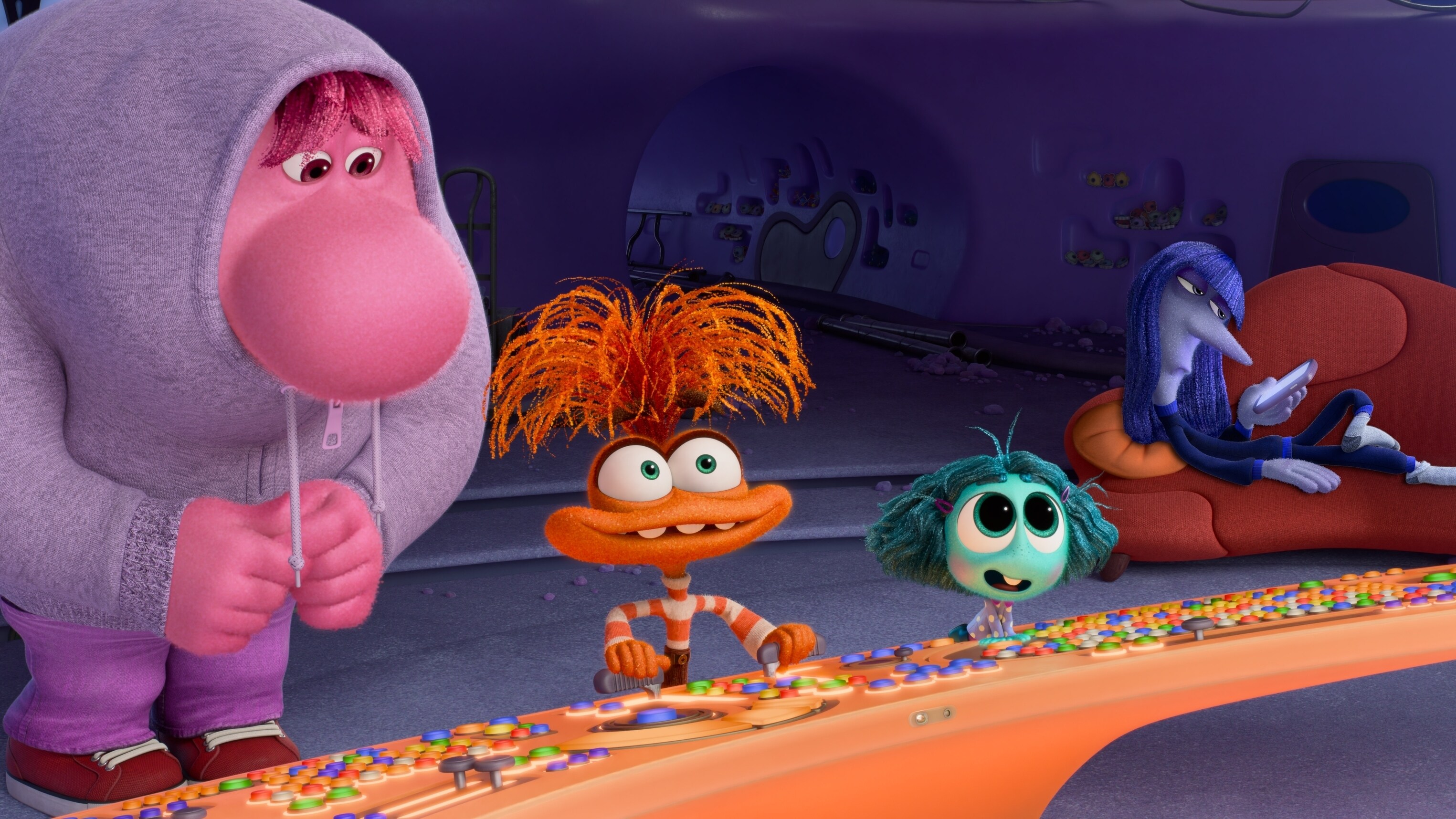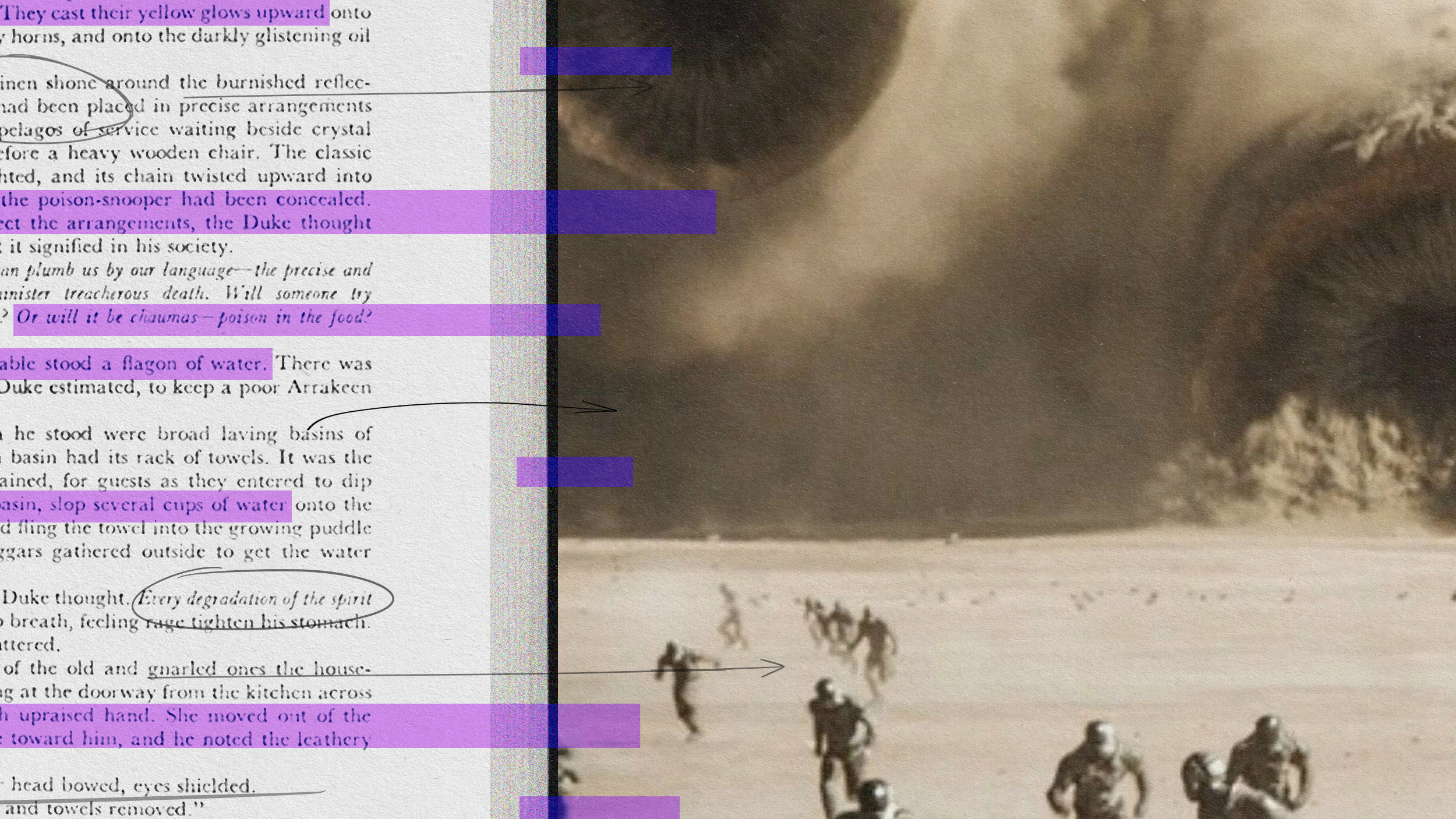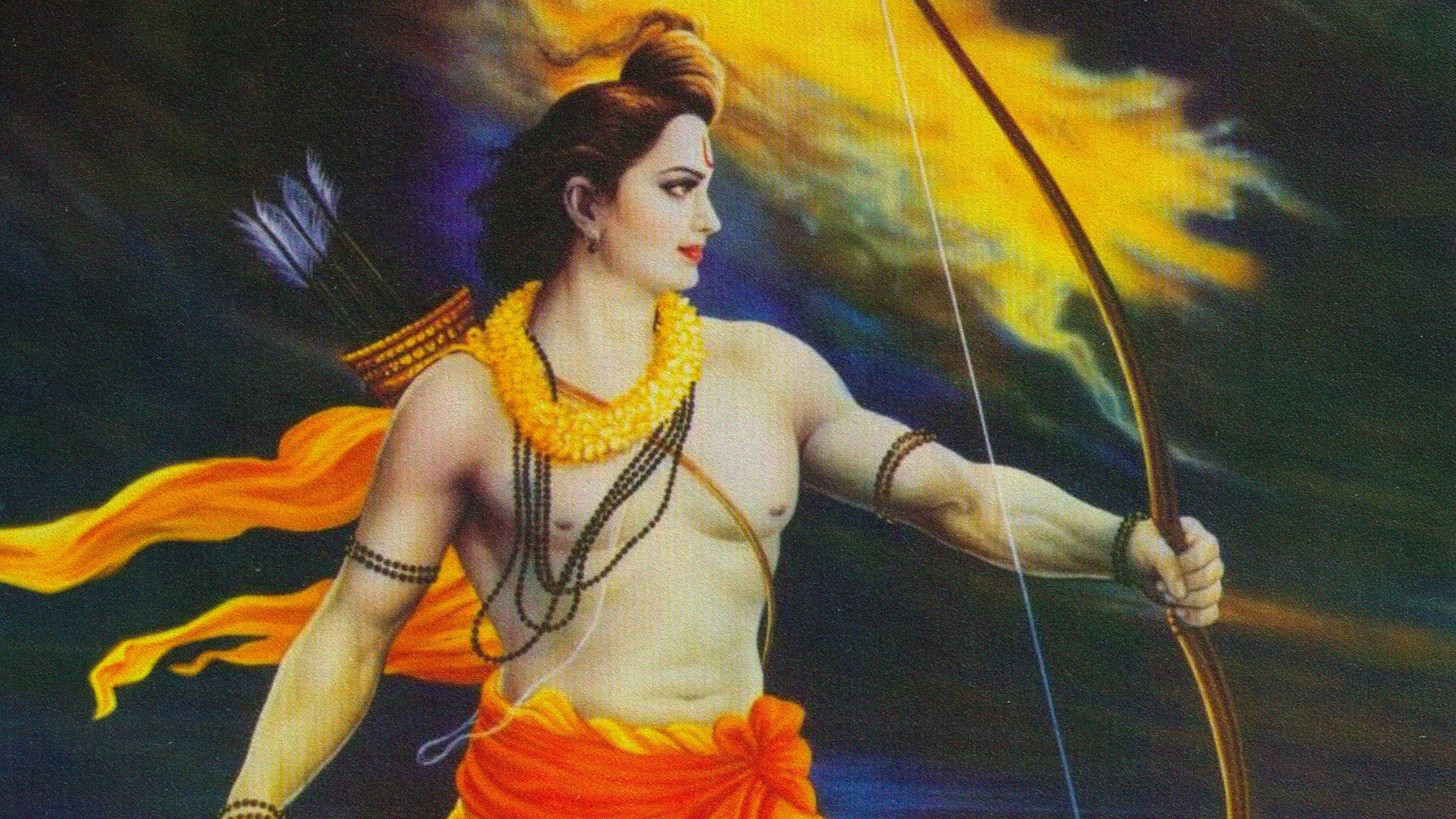“Inside Out 2” creators on rediscovering joy and being a better parent

- Inside Out 2 introduces new emotions like Anxiety, Ennui, Embarrassment, and Envy.
- Though written as the film’s antagonist, Anxiety isn’t a villain; she means well.
- The film’s story functions as an analogy for managing your emotions in a healthy and productive way.
Riley, the main character of the 2015 animated movie Inside Out, is based on director Pete Docter’s daughter, Elie. Elie had previously served as the inspiration for Russell, the boy scout who tags along with grumpy old man Karl and his floating house in Up. Like Russell, she had been an energetic, optimistic, and confident child, but that changed as she grew older and more self-conscious. Wondering what was going on inside his daughter’s head, Docter envisioned a film about a young girl and the personified emotions fighting for control over her brain as she moves from one city to another.
In Inside Out 2, Riley is older and more self-conscious still, hitting puberty during the week she gets invited to an all-important hockey camp. Her emotions — Joy, Sadness, Fear, Anger, and Disgust — are forced to make room for other, more complex emotions that will help her navigate life as a teenager (or so they say). Leading the new arrivals is Anxiety, whose hyper-vigilant concern with Riley’s future compels her to expel the original cast from the control room.
Stepping into the role of executive producer, Docter handed the director’s chair over to Kelsey Mann, a veteran Pixar employee and story supervisor for Monsters University, The Good Dinosaur, and Onward. Mann also wrote the screenplay for the sequel, doing so alongside screenwriters Meg LeFauve and Dave Holstein. LeFauve co-wrote the original Inside Out, while Holstein came to Pixar from television, working on shows like Weeds, The Brink, and Kidding. In addition to consulting with professional psychologists, both LeFauve and Holstein — like Docter before them — also drew heavily from their experience raising their children. In the following interview, the screenwriters discuss how to manage anxiety, why working on the film helped them become more understanding parents, and whether or not people really feel less joy when they get older. (The answer: yes and no).
Understanding anxiety
As with the original Inside Out, LeFauve, Holstein, and Mann cycled through several emotions before settling on the ones we see in the film. Earlier drafts included Shame, Guilt, and Suspicion — all equally relevant to the story’s high school setting. They also considered bringing back Schadenfreude — “pleasure derived by someone from another person’s misfortune,” as per Oxford Languages — who had been cut from the original late in development.
The only emotion that had never been out of the question was Anxiety. “She was already going to be a part of the film before the pandemic, when the conversation around mental health really took off,” LeFauve says. “Earlier versions of the script focused on social media, because those platforms have such a big impact on young people. Ultimately, though, we decided to take the story into a different, more personal direction.” In the film, Riley’s anxiety doesn’t stem from being unfriended on Facebook, but her desperately wanting to make it onto the varsity hockey team.
At first, LeFauve and Holstein wrote Anxiety in much the same way most people see the emotion: as a malicious force that changes our lives for the worse and doesn’t add anything of positive value. Early drafts therefore treated her as a largely irredeemable villain. “A wolf in sheep’s clothing with a lair and a master plan,” LeFauve recalls, “with self-loathing Shame as her sidekick.”
Ultimately, this direction didn’t work on a story level, or a psychological one. “It’s hard coming up with an antagonist for a family friendly film because you usually can’t kill them,” Holstein explains. “Anxiety is an emotion, and you can’t get rid of an emotion. So how do you defeat it?”

The solution: You don’t. The Anxiety they ended up with isn’t villainous so much as she is misunderstood. She doesn’t dream up doomsday scenarios to make Riley miserable. She does it to protect Riley and help her achieve her goals. This characterization reflects the psychological understanding of the emotion’s evolutionary purpose: ensuring our survival in a dangerous world.
While Anxiety’s “master plan” to get Riley on the varsity team briefly seems to work, it eventually backfires. Filling Riley’s Belief System — a network of affirmations that forms her sense of self — with axioms like, “I will have friends if I succeed,” the pressure Anxiety places on her soon becomes too much to bear, culminating in a panic attack that makes both characters realize the error of their ways. Anxiety reconciles with Joy and steps back to create space for the other emotions, while Riley makes up with the friends she neglected in her quest to impress the varsity coach.
Riley’s experience mirrors the experience of countless other teenagers, including LeFauve’s. “My oldest son suffers from anxiety,” she says. “The tips I gave him are the same you see in the film. Put anxiety in an imaginary chair and thank her for trying to help you. She’s not out to hurt you, only to keep you alive. Maybe she just needs a job, so give her one.” In the film, under Joy’s guidance, Anxiety’s planning shifts from short-term to long-term, from unmanageable to manageable. Instead of stressing over the distant future, she reminds Riley to study for next week’s Spanish exam.
Joy’s relationship with Anxiety, which changes from antagonistic to compassionate, reflects the way LeFauve approaches mental health inside her family. “I learned children often just need to be seen and heard,” she says. “They don’t necessarily want you to fix their problems. Actually, the more you try to fix it, the more anxious they become. So I would let my son talk, and sometimes I would say, ‘Do you really believe what you’re saying? Do you really think you have you no friends? Or is that anxiety’s idea of you?’”
“Mine is still too young to have those kinds of conversations with, even though I want to,” Holstein adds. “Mostly, I just give him Popsicles. YouTube and Popsicles. Those aren’t in the film, for obvious reasons.”
The joy of getting older
While Inside Out 2 can help parents relate to their children, the film can also teach them how to manage their own emotions. “The other day, I was running late for an interview and the Uber dropped me off at the wrong place,” LeFauve says. “Anxiety immediately began to overtake my brain: Oh my God, I’m going to miss this meeting.” Having worked on the Inside Out franchise for the better part of a decade, however, she quickly recognized which emotions was sitting in the driver’s seat and hit the brakes:
“Joy is very much in the present, whereas Anxiety is always projecting you forward to the worst-case scenario, so I took a deep breath, ordered a new Uber, and looked at the sky, at the way the leaves were falling on the ground. Joy can’t get rid of Anxiety, but she can help you come back to the present.”
LeFauve stresses that joy becomes more important as you get older — a theme reflected in the film. The original Inside Out saw Joy learning to step back and acknowledge the utility of other, seemingly negative, emotions like Sadness, which helped Riley reconnect with her parents after her move from Minnesota to San Francisco. Inside Out 2 is about “Joy stepping forward” to balance out the effects of other negative emotions, like Anxiety.

But while joy becomes more important as you age, it also becomes harder to find — at least compared to when you were a child. “Studies find that the experience of positive emotions begins to drop precipitously in frequency and intensity [during adolescence],” Dacher Keltner and Paul Ekman, the psychologists who consulted for the original Inside Out, wrote in a 2015 op-ed. On social media platforms like TikTok, fans of Inside Out 2 can take a quiz to show which emotion is most in charge of their brain. The joke — or maybe sad truth — is that it’s almost always Anxiety.
“While writing the film, I kept asking myself: What happens to joy when we get older?” LeFauve says.
Holstein asks himself the same question:
“I think it becomes harder to choose joy as we get older. When you’re younger, joy is kind of presented to you. My son doesn’t have to struggle to find it. Children are balls of every emotion, but joy comes to them without having to work for it. With age, joy becomes elusive, and you have to make a bigger and bigger effort look for it, especially during moments of anxiety. There’s more weight on you.”
“It’s very hard for anxiety and joy to coexist,” LeFauve admits. “I agree that we need to work for it and actively choose it, but the other thing is that joy makes you vulnerable. It opens you up, and it explains why, in the film, Anxiety isn’t a big fan of Joy, because she makes Riley vulnerable.”
Perhaps joy doesn’t disappear so much as it takes on a new shape. In the original Inside Out, Joy wants to preserve Riley’s fond childhood memories by keeping out negative emotions like Sadness. In Inside Out 2, Joy doesn’t try to change Riley’s emotional state but instead help her accept herself for who she is. Her Belief System, which at the start of the film is made up of exclusively positive statements like “I’m a good person,” by the end encompasses a wide variety of contradictory opinions of herself, good and bad.
“Studies show that when you ask young girls to talk about themselves, they’ll tell you things like ‘I can run fast,’” LeFauve notes. “They talk about themselves in a proud, self-centered way. But as they get older, around the ages of 12 and 13, they start to say things like ‘I have nice clothes’ and ‘I have a lot of friends.’ Their perception of self-worth moves from the inside to the outside.”
Inside Out 2 tries to do the opposite.





